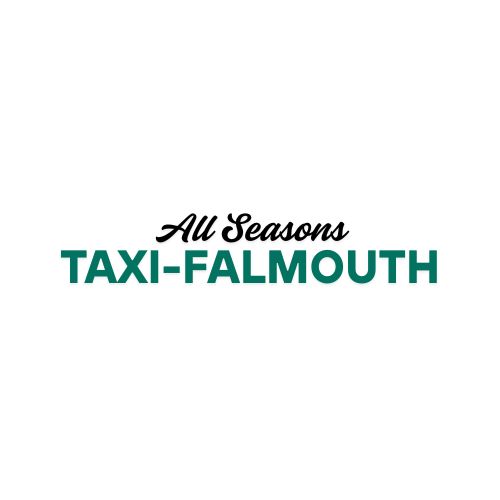A Pennsylvania family recently stumbled upon a surprising fortune while spring cleaning—a rare Kennedy half dollar tucked away in their late grandfather’s old toolbox. What looked like an ordinary 1964 coin turned out to be a numismatic gem now worth over $50,000. The secret? A rare minting error that only a trained eye could spot.
This unexpected discovery has not only brought financial value but also emotional significance, as it connected the family to a piece of American history—and to their grandfather’s legacy.
The Kennedy Half Dollar: A Tribute in Silver
First minted in 1964, the Kennedy half dollar was introduced just months after President John F. Kennedy’s assassination. Made of 90% silver, the coin was meant to commemorate the late president and quickly became a patriotic symbol and collector’s item.
Most of these coins are common and only worth their silver content. However, a select few from the 1964 batch feature a rare minting flaw known as a double die obverse—a mistake where the design elements appear slightly doubled due to a misalignment during production.
What Makes the Double Die So Valuable?
The coin found in Pennsylvania had clear signs of doubling on both the lettering and Kennedy’s profile. This error dramatically increases the coin’s rarity and value. Minting mistakes like these are highly sought after by collectors, and the more pristine the condition, the higher the market price.
A coin with a double die obverse, especially one from the original 1964 run, can fetch $20,000 to $50,000 or more, depending on grading, preservation, and demand.
| Feature | Standard 1964 Kennedy Half | Double Die 1964 Kennedy Half |
|---|---|---|
| Composition | 90% silver | 90% silver |
| Circulation Value | ~$10–$15 (based on silver) | $20,000+ |
| Error Type | None | Double Die Obverse |
| Rarity | Common | Extremely Rare |
| Collector Demand | Moderate | High |
Protecting and Identifying Rare Coins
For anyone hoping to find a similar hidden treasure, coin experts offer a few tips:
- Look for anomalies: Doubled letters, off-center designs, or unusual textures can all point to mint errors.
- Preserve the condition: Store coins in a cool, dry place and avoid unnecessary handling.
- Get a professional opinion: Certified grading services like PCGS or NGC can verify authenticity and provide an accurate market value.
Not every coin is worth a fortune, but careful inspection can reveal hidden gems—especially in older collections inherited from past generations.
Why These Finds Are Happening More Often
This story isn’t unique. Across the country, people are uncovering valuable collectibles in garages, attics, and forgotten boxes. With growing interest in collectibles and historical artifacts, coin dealers report increased activity—particularly from younger collectors.
Beyond their financial potential, these discoveries offer a tangible link to the past, turning everyday objects into pieces of personal and national history.
A Treasure With Meaning
For the family who found the Kennedy half dollar, the real value went beyond the price tag. It served as a powerful reminder of their grandfather’s life and the legacy he left behind. The coin, preserved unknowingly for decades, became both a financial windfall and a deeply personal connection to the past.
So next time you’re cleaning out an old desk or helping a relative downsize, take a closer look at what you find. History doesn’t always sit in museums—sometimes, it’s right there in your hands.
FAQs
What is a double die obverse?
It’s a minting error where the design is impressed twice, creating a noticeable doubling effect, usually on text or imagery.
How can I tell if my coin has a mint error?
Look for visible doubling, off-center images, or other anomalies. For confirmation, have it evaluated by a professional grading service.
Are all 1964 Kennedy half dollars valuable?
Most are worth their silver content (around $10–$15), but rare errors like the double die obverse can be worth thousands.
Where should I get a rare coin appraised?
Trusted services like PCGS (Professional Coin Grading Service) or NGC (Numismatic Guaranty Company) offer authentication and valuation.
Can I sell a rare coin online?
Yes. Sites like eBay, Heritage Auctions, or specialist coin dealers are common platforms for selling high-value coins.

